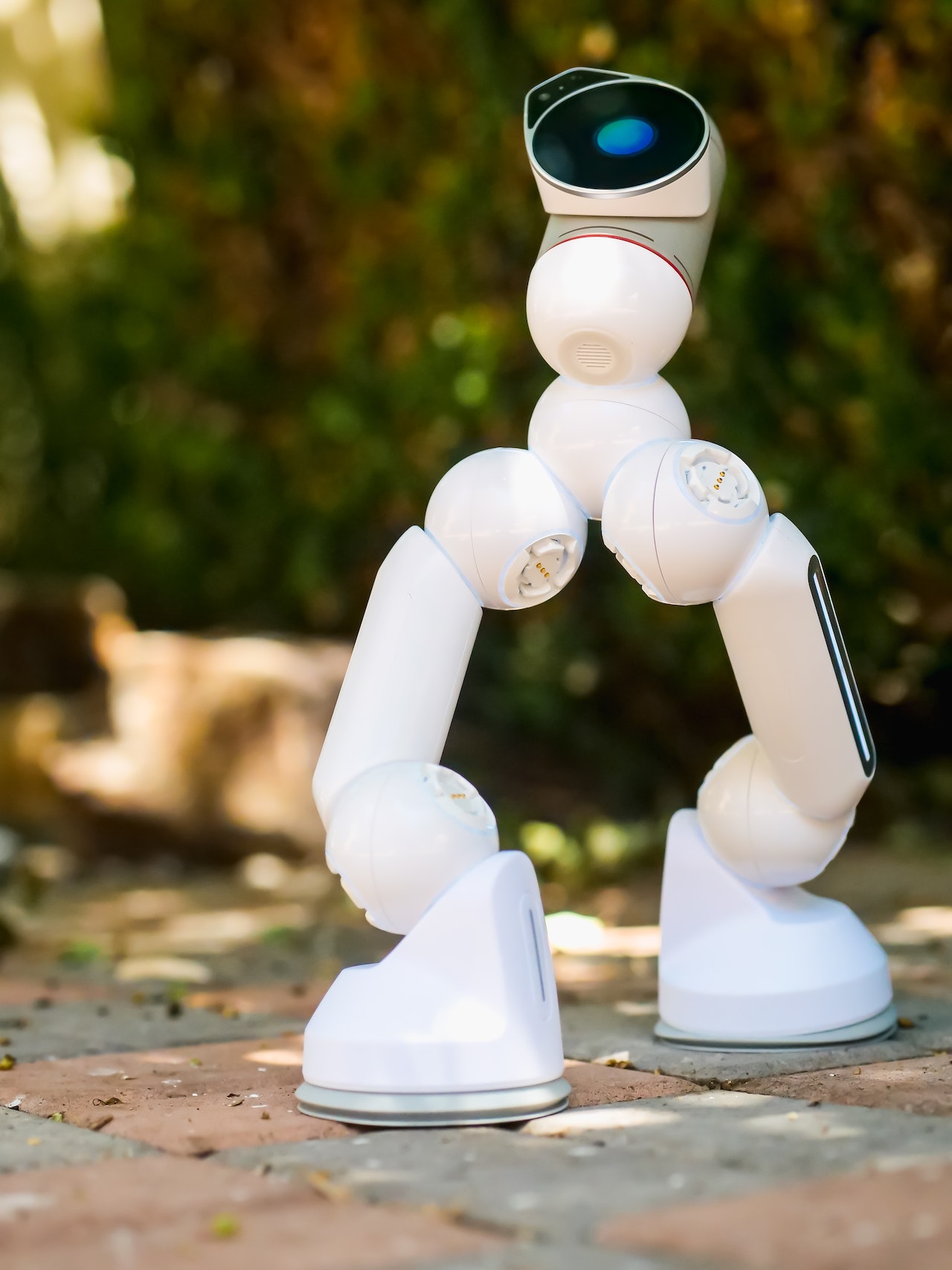“Robotics technology” has become a field with boundless potential in a world where technology is developing at an unparalleled rate. Robots are becoming more and more integrated into our daily lives, from space exploration to healthcare, agriculture, and factory automation, as well as our homes. Future developments in robotics technology promise to completely change how humans work, live, and interact with robots. This article explores the fascinating advancements and potential applications of robotics.
First Trend: Cobots, or collaborative robots
Cobots, or collaborative robots, are intended to work alongside people to fill the gap between manual labor and automation. Cobots are industrial robots with superior sensors and machine learning capabilities that enable them to operate alongside humans in shared workspaces, unlike their industrial robot ancestors that were frequently placed in cages for safety concerns. Because of their increased productivity, decreased risk of workplace injuries, and increased efficiency, these robots have the potential to completely change a variety of industries, including manufacturing, healthcare, and logistics.
Cobots are being employed in the healthcare industry to help with patient care, surgery, and rehabilitation, as one noteworthy example. By collaborating closely with medical professionals, these robots can improve accuracy and lessen the physical strain on healthcare personnel.
Trend 2: Machine learning and artificial intelligence (AI
Robotics revolution is centered on artificial intelligence. Modern robots are outfitted with sophisticated AI and machine learning algorithms, which allow them to carry out challenging jobs and adjust to shifting circumstances. Robots with AI capabilities are able to make decisions, learn from mistakes, and keep getting better at what they do.
Robots driven by artificial intelligence are revolutionizing the world of autonomous automobiles. Drones, autonomous delivery robots, and self-driving automobiles are all becoming more prevalent on our roadways and in the air. These robots’ ability to drive, make judgments in real time, and avoid obstacles is made possible by AI, which improves safety and efficiency in transportation.
Trend 3: Nanorobotics and Miniaturization
Robots are becoming smaller as technology develops, and nanorobotics is becoming more popular. These microscopic, frequently nanoscale robots can be used in a variety of industries, such as environmental monitoring, medical, and even inside the human body.
Nanorobots have the potential to transform precision surgery and medication delivery in the medical field. Envision a fleet of nanobots that can precisely distribute medication or target and mend damaged bodily cells. There is a lot of potential for this technology to improve healthcare outcomes.
Trend 4: Social Interaction with Humanoid Robots
Humanoid robots are made to resemble humans in both look and behavior, allowing for more intuitive and natural user interactions. These robots can be used in customer service, education, and even as senior citizen companions.
Particularly exciting is the advancement of social robots—robots that can converse and identify emotions. For instance, robots with human-like emotional intelligence, such as Pepper and Sophia, have applications in therapy, teaching, and customer service.
You can also read more about Tallyman Axis and get yourself updated.
Trend 5: Soft robotics and biomechanics
Robots’ ability to interact with the outside environment was previously restricted and they were constructed of stiff materials. But soft robotics is altering the rules. Because they are made of elastic and flexible materials, soft robots may interact with delicate items and environments and emulate natural movements.
Soft robotics finds use in healthcare and agriculture, where it can help patients with mobility problems or pick and handle crops with gentleness. They are also more adept in navigating difficult terrain than conventional rigid robots, which makes them useful in search and rescue operations.
Difficulties and Ethical Issues
Although there is plenty to be excited about in the field of robotics technology, there are also a number of difficulties and moral dilemmas to be resolved. As robots grow increasingly commonplace in our daily lives, concerns about security, privacy, and the possibility of job displacement must be addressed. Furthermore, considerable thought needs to be given to the ethical ramifications of powerful AI, such as decision-making in driverless cars and the deployment of robots in military settings.
In summary
Robotics technology has a bright future ahead of it. The field of robotics is changing at an incredible rate, from human-side collaboration robots to AI-driven autonomy, shrinking, and the emergence of soft and humanoid robots. These developments and trends have the potential to change whole sectors of the economy, advance healthcare, and improve our daily lives. To ensure that robotics technology is not only inventive but also responsible and advantageous to society as a whole, we must negotiate the difficulties and moral dilemmas that occur when we embrace these breakthroughs.

